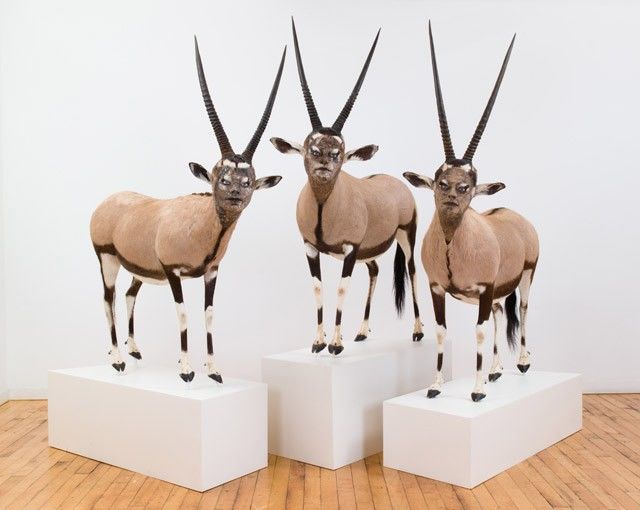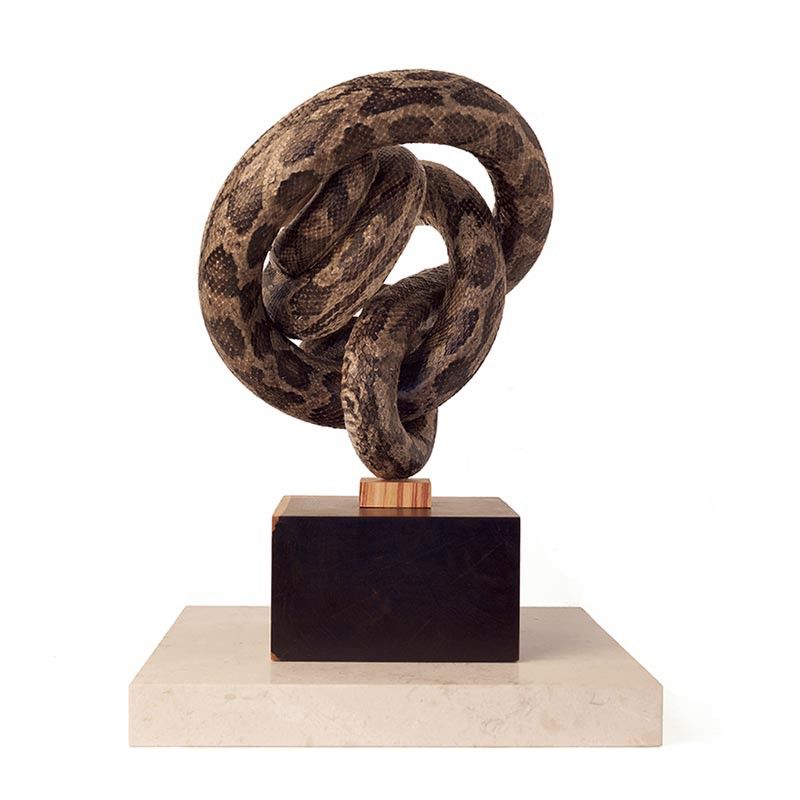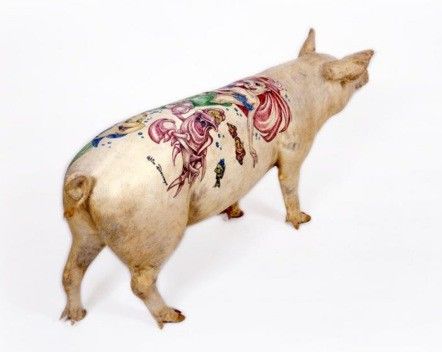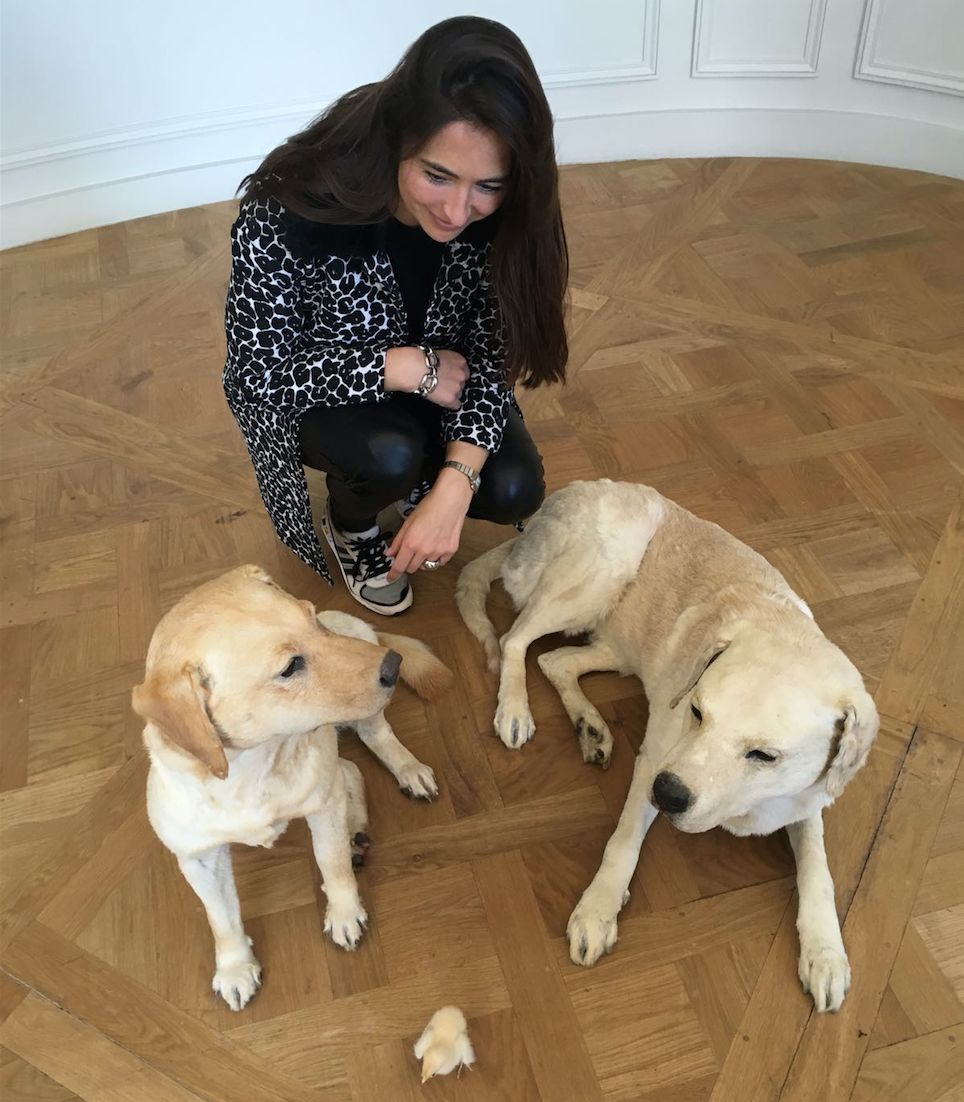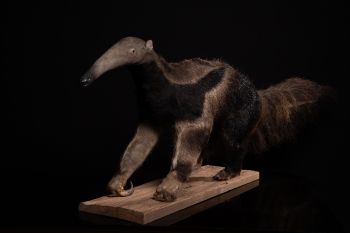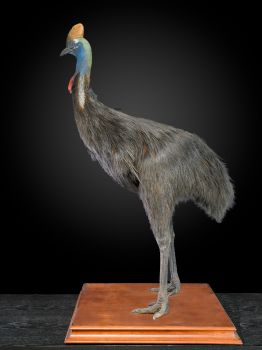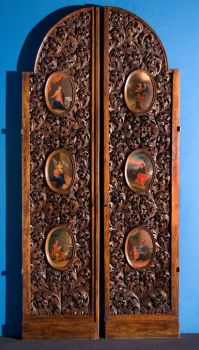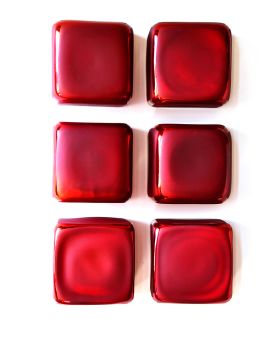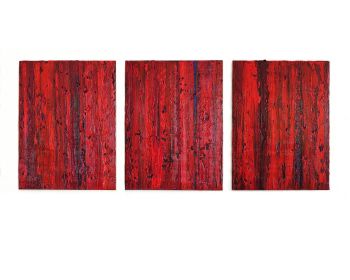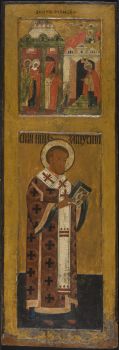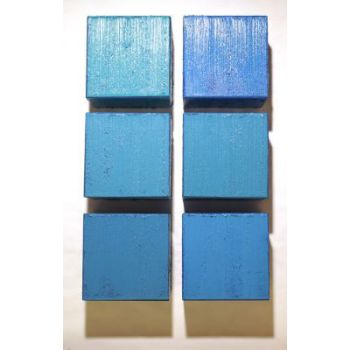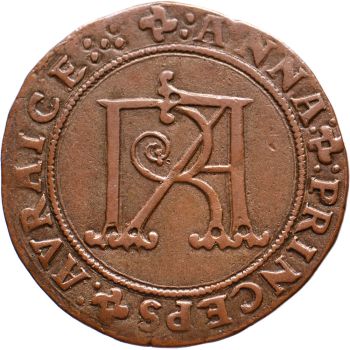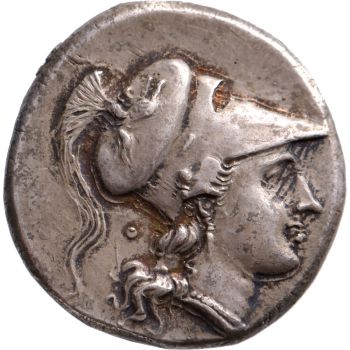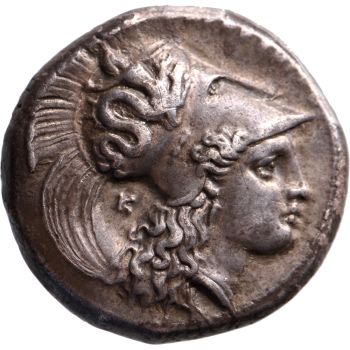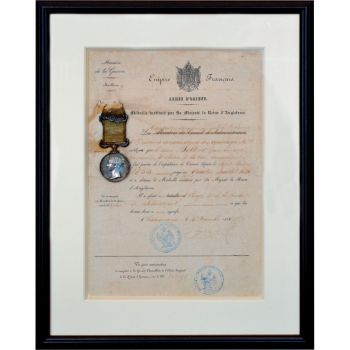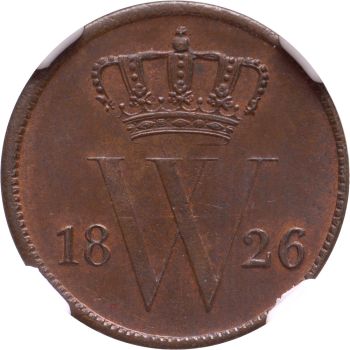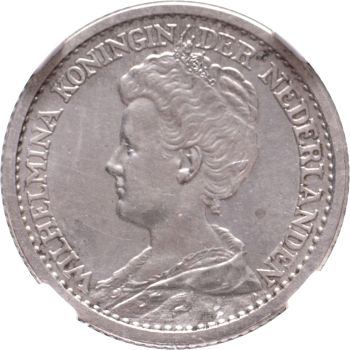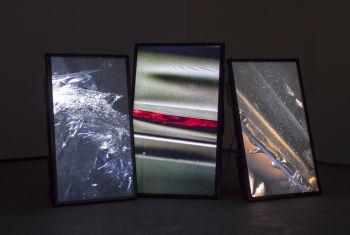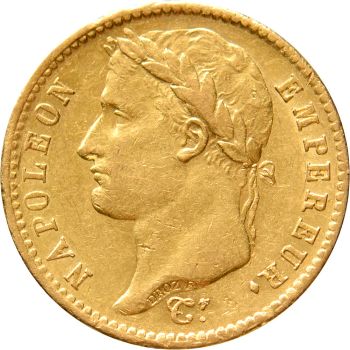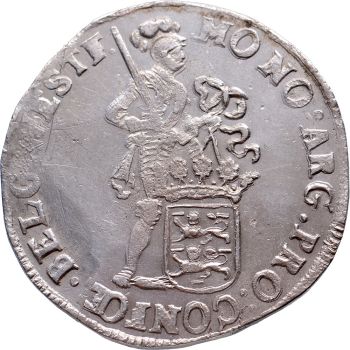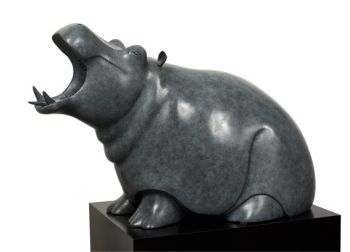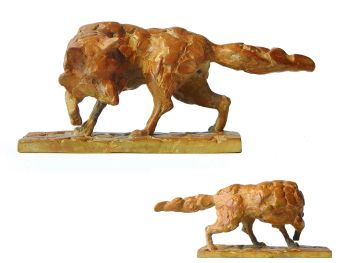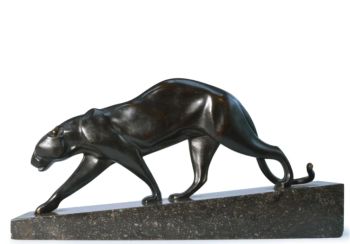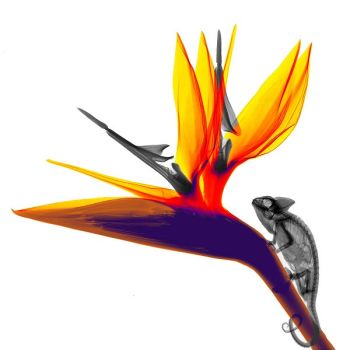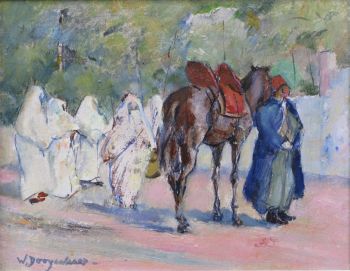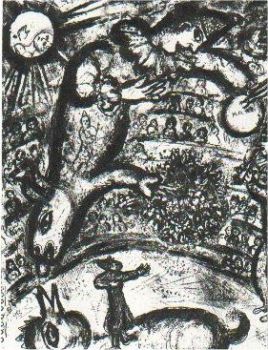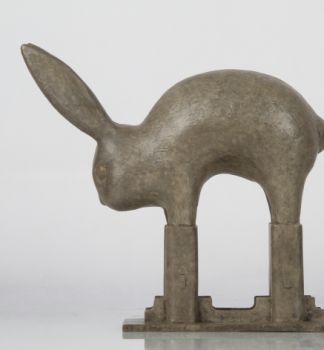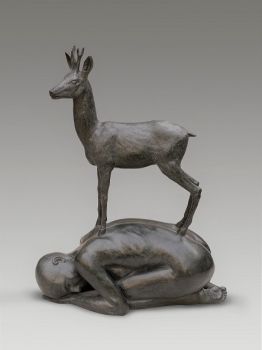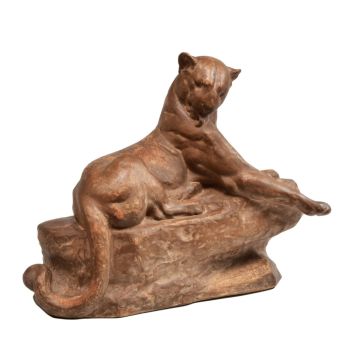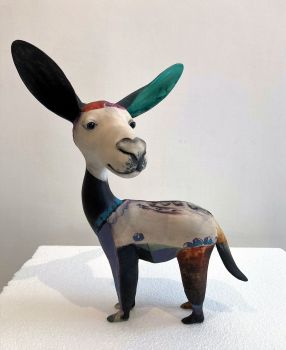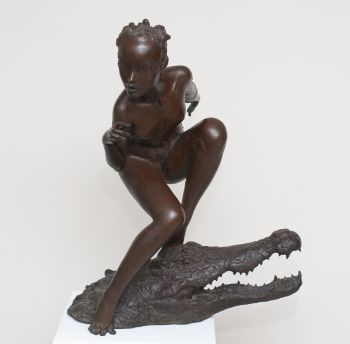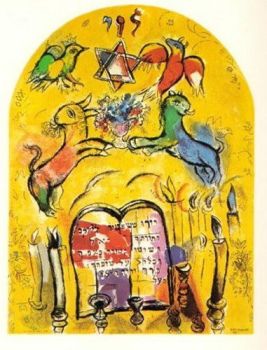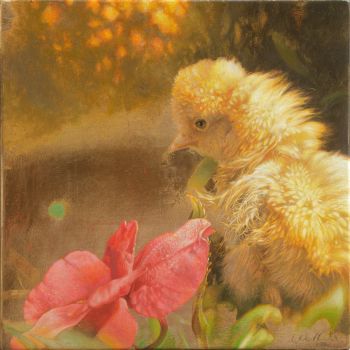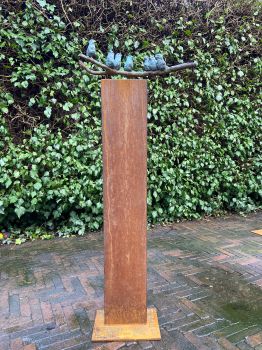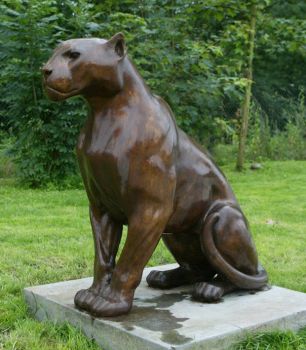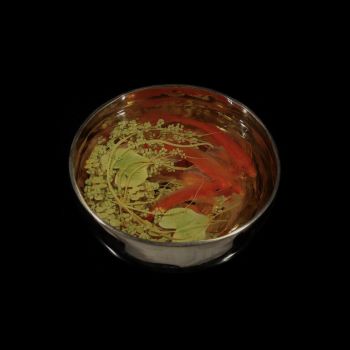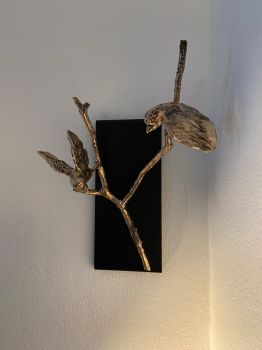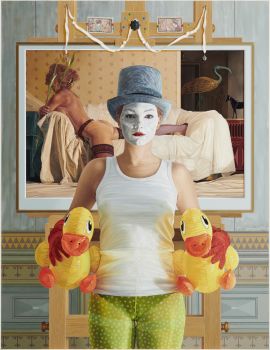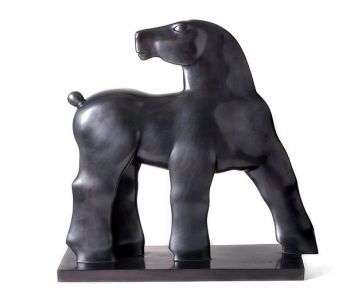Taxidermy: The Art of Stuffed Animals Explained
As the child of two avid art collector's, Margitte Verwoerdt’s passion for art arose at a young age. Having spent countless hours in museums and art galleries, it was no surprise that Margitte went on to study Art History.
After graduating in 2010, she took her first job working for the renowned sculpture collection of Joop van Caldenborgh, founder of Museum Voorlinden. She then moved on to a contemporary gallery in Utrecht, followed by the acclaimed Old Master dealer Hoogsteder & Hoogsteder, before finally joining the international auction house Bonhams as a specialist Modern & Contemporary Art.
For Margitte, art is a way of life; you will spot her at almost every art fair and opening in and out of town. Don't be surprised to find her inspecting and admiring a piece of taxidermy either, or any other artwork created from animal material, a trending discipline in contemporary art.
What is taxidermy? It literally means ‘preparing the skin’: derived from the Greek words Taxis, meaning preparation, and Dermy, which translates to skin.
Gallerease: How did you end up specializing in artists using taxidermy?
Margitte Verwoerdt: When I was finishing my studies, I noticed a trend of artists using animal material in their work. At an art fair, I became fascinated by the work of a duo named ‘Idiots’. The viewers respons was a mix of shock with difficulty in relating to the work. This is around the time that Damien Hirst created his $12million stuffed shark.
Their purpose was to create awareness, to make a statement but also to highlight the beauty of nature, not just to shock their audience. I feel this focus on nature is of great importance to modern society. Taxidermy is developing into a tendency I see as Animal Art, and has become a huge trend in interior decorating.
Kate Clark, Ceremony, 2011. Gemsbok with foam, clay, pins, thread and rubber eyes, 300 x 300 x 182 cm.
G: Why the fascination and interest for the use of animal material by artists?
MV: I grew up on a ranch in North Carolina; we had lots of animals and I always felt I had a special connection with them. Animal Art enables a discussion about all animal-related issues in society. I am very interested in the relationship between humans and animals, what it represents and the ethical questions that it raises.
We are searching for the right attitude towards animals on so many levels, artists respond to this and create awareness. Today you’ll find more and more art, conceptual and figurative, featuring animals in paintings, photography, video art, etc.
G: People sometimes think the animals are killed as a means to reach the creative end.
MV: The animals are not killed for the purpose of making art. Artists use "waste" products to create these sculptures and installations, emphasizing the natural beauty of the animal, it is truly fascinating. Although Damien Hirst did order a tiger shark to be caught for the sole purpose of creating his ‘The Physical Impossibility of Death in the Mind of Someone Living’, but he is the exception to the rule.
Actually, the fact the shark started to rot despite the formaldehyde mixture it was placed in is the reason why most artists work with prepared skins. They either learn the craft themselves or work closely with taxidermists. The process of taxidermy means that the animals are ‘cleaned out’, it is only skin which is put on a mold. You have to keep it away from moths if it is not presented under a glass cover or in a plexiglass case.
Polly Morgan, Someone Sinned, 2014. Taxidermy Java Carpet Python, Brazilian Tulipwood, African Blackwood, Crema Mefil marble, 25 x 25 x 29.5 cm.
G: Ok, so taxidermy is the trending topic in contemporary art. Which artists should we follow?
MV: Names you should definitely look out for are Koen Vanmechelen, Berlinde de Bruyckere, Polly Morgan, Jan Fabre, Wim Delvoye, Claire Morgan, Kate Clark and Les Deux Garçons.
The essence of these artists lies in their reflection on the human-animal relationship; some use a confronting and slightly comical approach, like Wim Delvoye. He tattooed pigs to show the resemblance between pigs and our own skin. The pigs were tattooed, like humans tattoo themselves, in a pig factory in China.
Delvoye provided the pigs with a very enjoyable life and tattooed them using anesthetics. When the pigs died of natural cause he stuffed them and made sculptures or sold their decorated skin through established galleries.
Wim Delvoye, Arielle, 2006. Stuffed tattooed pig, 70 x 120 x 40cm.
G: What do you need to be careful about when you buy your first taxidermy artwork?
MV: Laws and regulations restrict the use of animal material. The artists need certificates for the animal(s) that were used to create the work. This ensures that all the animals died of natural causes. Many of these artists are also vergetarians, some even vegans, which further supports the misconception that these animals are killed for their work.
Most of the dead animals are bought from zoos or veterinarians. Shipping is much more complicated. If you don’t have the right documentation, customs will destroy the artwork without even giving it a second thought.
G: How do you recognise quality in taxidermy?
MV: As an art historian, I always look at the track-record of an artist. Some artists use a specific technique which can be a strong signature, there also needs to be a certain development visible in their work.
Secondly, and perhaps even more important, the quality of the material used is extremely relevant for Animal Art. How was the animal prepared, in which form and how is it modeled? This can be analysed similar to how one would judge a painting. From a personal point of view, I look at the experience. What do I actually see? What does it communicate with its viewers and what kind of feeling does it leave me with?
G: Thanks for your time. Do you have a final piece of advice?
MV: Don’t be shocked by the liveliness of a dead animal but rather try to understand the reflection of the human-animal relationship portrayed in the artwork.
Margitte at the Monnaie de Paris with Maurizio Cattelan's 'UNTITLED' (2007). Two stuffed labrador dogs and a stuffed chick. Unique piece, variable size. Also see main image.
For more taxidermy art, have a look here at Gallerease!


